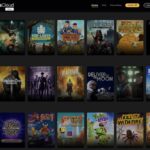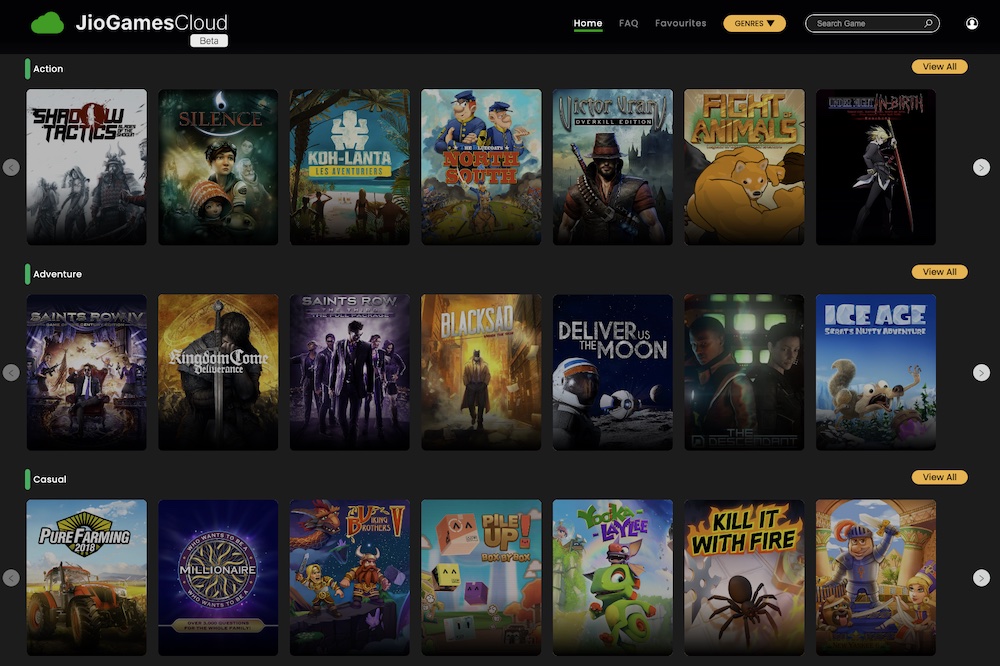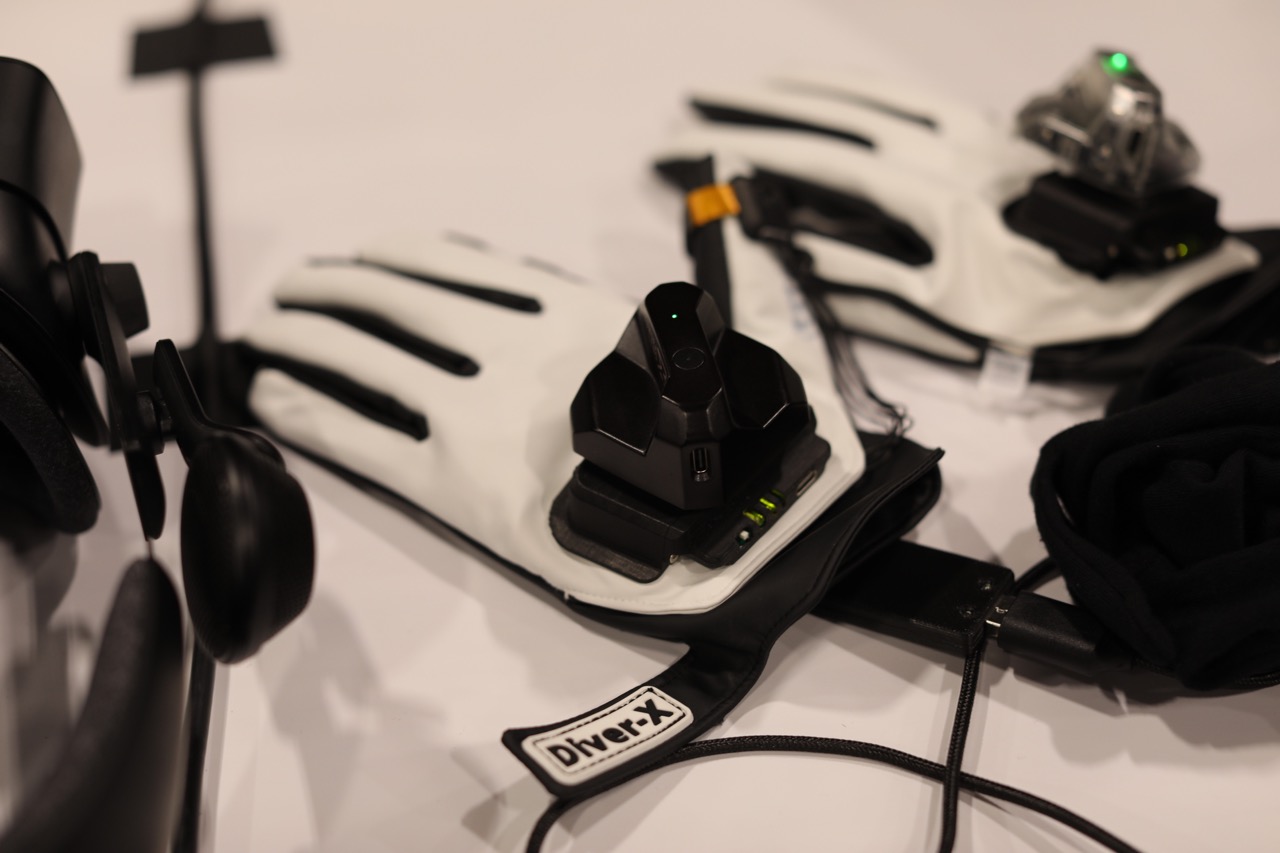To celebrate its 30th anniversary, a newly remastered version of the classic puzzle game Myst arrived today on iOS devices. Myst Mobile, as this new version is called, allows players to begin to explore all of Myst Island for free without a time limit, something never offered before, the game maker notes.
An early desktop gaming hit, Myst once held the title of the best-selling PC game of all time and was later expanded into a franchise. This latest version of the game, however, is based on the most recent port, 2021 Myst, but was built from the ground up to be optimized for the latest generations of iPhone and iPad devices — that is, those using the A12 Bionic chip or above.
By targeting the newer M1 and M2 iOS devices, the company says it will be able to default the game to the highest graphics settings yet, or what it calls the “Epic” settings. That means it’s available to play in “real-time 3D” and includes new art, new sound, reimagined interactions, accessibility options, localization for different languages and even optional puzzle randomization.
It will also support a variety of input options, like touch controls, gamepad, keyboard and trackpad input from Apple’s Magic Keyboard and Smart Keyboard Folios.
Myst’s maker, Cyan Worlds, teased the game’s coming launch earlier in the week and then released it on Thursday, touting its free-to-explore nature. In the new mobile game, players can reminisce by visiting the mysterious Myst Island for as long as they want, which is a new hook for the popular title. On the island, players can learn and interact with their surroundings, solving puzzles along the way as they uncover more of the game’s story about “ruthless family betrayal,” the game’s description reads.
Afterward, if players want to move on to explore the other Ages of Myst, they can do so through a one-time in-app purchase of $14.99. This will allow them to explore more of the world and complete even more challenging puzzles as the story progresses.
For the launch, the purchase price is discounted to $9.99 for a limited time.
Supported devices for this version of Myst include the iPhone XS (Sept. 2018 and up), iPhone SE 2nd gen. (April 2020) and up, iPad Air 3rd generation (March 2019) and above, iPad Mini 5th generation (March 2019) and above, iPad 8th generation (Sept. 2020) and above, and iPad Pro 4th generation (March 2020) and above. Per its App Store description, the game doesn’t collect any user data.
Previously, the game was available to PC users and on Oculus headsets. Apple users also had a way to play Myst from their Macs via a macOS version that won Game of the Year back in 2021.
If you want to read more about Myst’s journey, Apple has highlighted it in an editorial feature on the App Store’s homepage.
A remastered, free-to-try version of the classic game Myst arrives on iOS by Sarah Perez originally published on TechCrunch
Powered by WPeMatico






 ) and runs (super smooth
) and runs (super smooth ).
).







